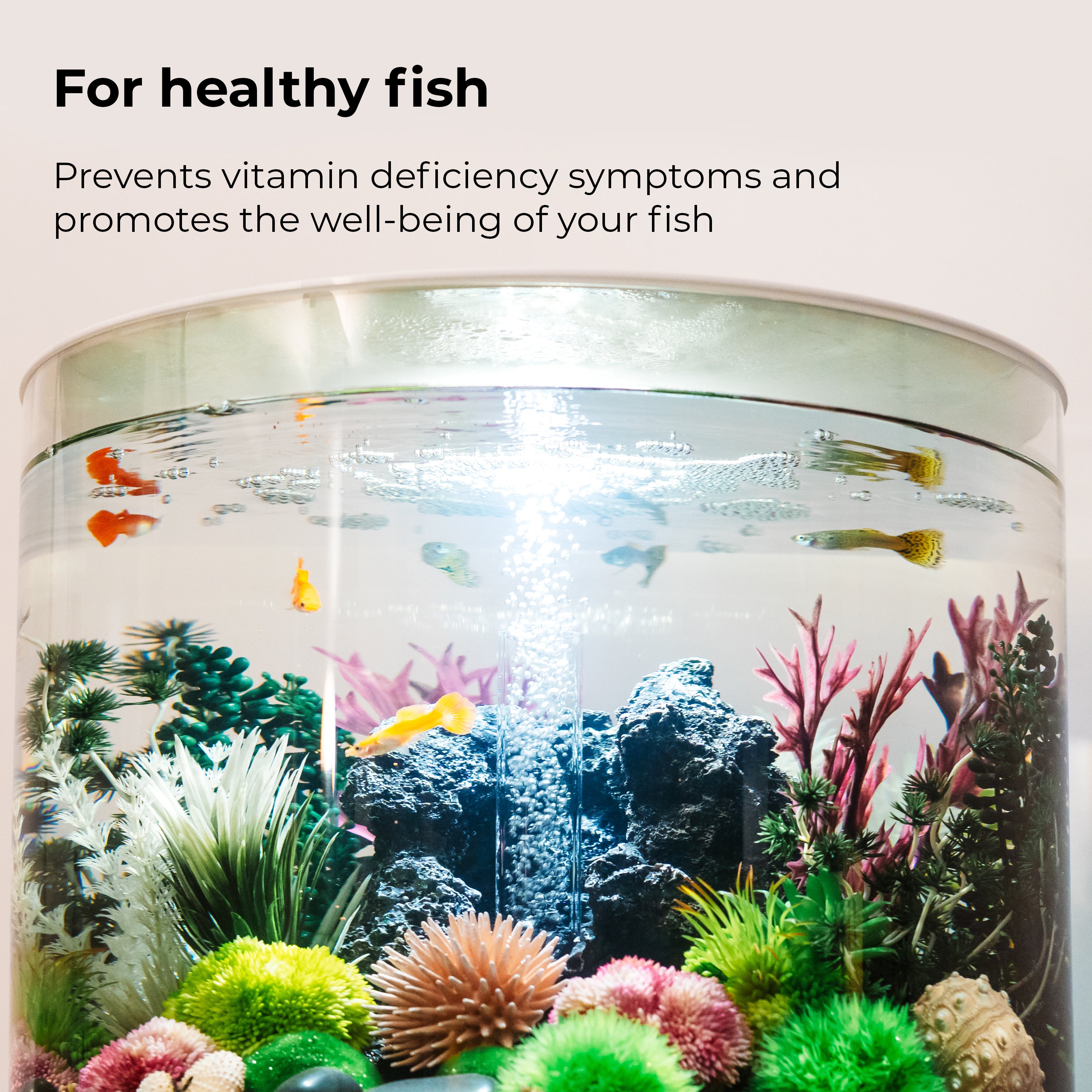Shop At Haya: Your Ultimate Shopping Guide
Discover the best shopping tips, trends, and deals for a smarter buying experience.
Aquarium Drama: How to Keep Your Fish from Becoming Soap Opera Stars
Discover tips to prevent fish drama in your tank! Learn how to keep your aquatic pets happy and stress-free without the soap opera antics.
Top 5 Fish Compatibility Rules to Avoid an Aquatic Soap Opera
Your aquarium can quickly turn into an aquatic soap opera if you don't consider fish compatibility. The first rule is to understand the temperament of the fish you plan to keep together. Some species are inherently aggressive, such as cichlids, while others are more peaceful, like tetras. Mixing aggressive species with docile ones can lead to stress and even fatalities. Therefore, always research and categorize fish as peaceful, semi-aggressive, or aggressive before adding them to your tank.
Another essential guideline is the size of the fish. Fish compatibility isn't just about personality; physical size plays a critical role too. Larger fish may see smaller ones as prey, while smaller fish can be easily bullied. When planning your aquarium community, ensure that both the size and temperament align to create a harmonious environment. Following these key compatibility rules will not only enhance the beauty of your tank but also minimize potential conflicts—turning your serene aquarium into a captivating aquatic scene.

Signs Your Fish are Stressing Out: Drama-Free Aquarium Tips
Signs Your Fish are Stressing Out can be subtle yet alarming for any aquarium owner. One of the most noticeable symptoms is unusual swimming behavior. If you observe your fish darting around the tank erratically, hiding in corners, or resting at the bottom, they may be experiencing stress. Additionally, keep an eye on their fins; if they are clamped close to their bodies instead of being spread out, this could indicate discomfort or anxiety. Monitor your fish closely, as early detection can prevent further issues and help maintain a drama-free environment.
Another key indicator of fish stress is a change in feeding habits. If your fish suddenly lose interest in food or are consistently leaving flakes uneaten, it could be time to reassess their habitat. Common environmental factors that contribute to stress include poor water quality, inadequate tank mates, and fluctuating temperatures.
- Ensure that your aquarium is properly cycled and the water conditions are stable.
- Consider the compatibility of your fish species.
- Check that the temperature matches the needs of your specific fish type.
How to Create a Peaceful Aquarium Environment for Your Finned Friends
Creating a peaceful aquarium environment for your finned friends involves a careful balance of several factors that contribute to their overall well-being. Water quality is paramount; ensure that the pH, temperature, and ammonia levels are regularly monitored and maintained within the appropriate ranges for your specific fish species. Additionally, consider the aquarium's layout: use natural decorations like plants, rocks, and driftwood to provide hiding spots and reduce stress. These elements not only enhance the visual beauty of the tank but also create a sense of security for your fish.
Another crucial aspect to consider is the compatibility of fish species in your aquarium. Before introducing new fish, research their temperaments and social behaviors to avoid aggression and territorial disputes. Implement a routine for regular maintenance, including partial water changes, to keep the environment clean and reduce harmful toxins. Lastly, pay attention to the lighting and sound levels in your aquarium; bright lights and loud noises can disturb your fish, so opt for a gentle lighting schedule and a quiet location for your tank.